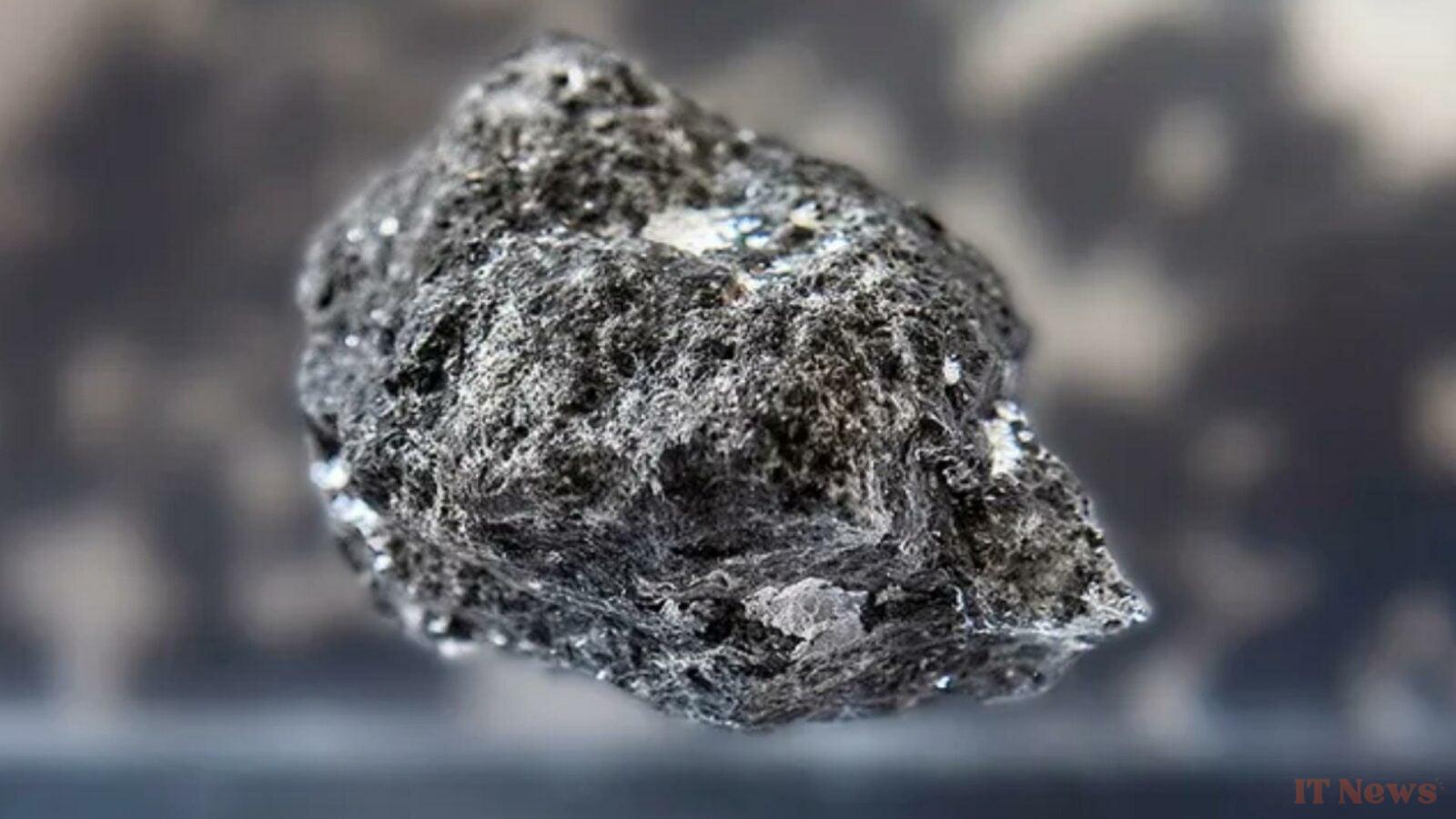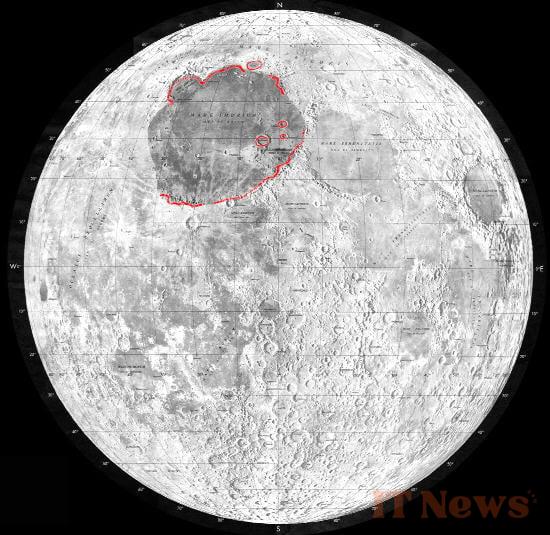Among all the enigmas that still surround our good old Moon, there is one particularly persistent one that continues to puzzle planetary scientists: why on earth is our satellite littered with highly magnetic rocks, when it is completely devoid of a magnetic field today? A new study, based on computer simulations, may finally help solve this old enigma.
The study of the Moon progressed at breakneck speed between 1969 and 1972, thanks in particular to the 382 kg of lunar samples brought back by the astronauts of the Apollo 11 to 17 missions. These veritable scientific treasures completely revolutionized our understanding of the mechanisms of planet formation, and even the history of the solar system. But in analyzing all this material, the researchers were also surprised to find that some of these lunar rocks were strongly magnetized.
We are therefore faced with an inconsistency that is very difficult to explain. Indeed, this property cannot emerge if the rocks are directly exposed to a magnetic field. However, unlike the Earth, the Moon is completely devoid of one today. And most planetary scientists agree that it hasn't had one for several billion years.
Typically, a planet's magnetic field comes from a mechanism called internal dynamo, where the movements of a conductive fluid (such as the liquid iron in Earth's outer core) generate a powerful magnetic field. It is suspected that the Moon probably had such a dynamo in the past—but its core, significantly smaller than our planet's, probably wouldn't have generated a magnetic field strong enough to magnetize surface rocks.
A giant impact and a plasma cloud
Experts have therefore turned to another hypothesis, based on the impact of a giant asteroid. This would have been violent enough to vaporize large quantities of rock, creating a cloud of charged particles called plasma. According to Faraday's law, which states that an electric charge generates a magnetic field when it moves through a conductive material, this cloud could have amplified the weak magnetic field that the Moon had at that time.
Until now, the various teams that have studied this scenario have never obtained conclusive results. But that could be changing thanks to a series of simulations carried out by a team at MIT in the United States.
In this work, Isaac Narrett's team assumed that the Moon had a relatively weak magnetic field, generated by a small-scale internal dynamo. It then simulated a powerful impact on the surface, similar to the one suspected to have created a vast crater called Mer des Pluies.
The behavior of the The plasma cloud from this impact was then modeled. By analyzing the results of these simulations, the authors of the study found that a large part of the cloud would have traveled around the Moon to concentrate on the far side, at the far side. The plasma would then have compressed spontaneously, strongly amplifying the magnetic field of our satellite for about forty minutes.
At the same time, the impact would have also produced a powerful seismic wave. This wave would have converged on the same point as the plasma cloud, causing the electrons in the nearby rocks to "quiver" at the very moment the magnetic field reached its maximum. Following this burst, the electrons would then have stabilized in a precise orientation, imposed by the magnetic field. However, it is precisely this kind of alignment of electrons (or more precisely, their spins) that is at the origin of magnetism. It is therefore the combination of the plasma cloud and the seismic wave that could have given the lunar rocks their magnetic properties.
“It’s as if you threw a deck of 52 cards into the air, into a magnetic field, and each card had a compass needle,” explains Benjamin Weiss, co-author of the study. “When the cards fall back to the ground, they land in a new orientation. This is essentially the process of magnetization.»
A hypothesis that can be tested in the field
What makes this hypothesis interesting is that it will be possible to rigorously test it on site during future exploration missions. Indeed, according to this model, the most magnetized rocks should be found at the Moon's South Pole... and it is precisely this region that NASA and other space agencies plan to target in the coming decades, particularly as part of the Artemis program. If the local rocks show signs of seismic impact and strong magnetism, this old mystery will likely be solved once and for all.
"For several decades, the Moon's magnetism has posed a kind of enigma: is it due to impacts or an internal dynamo? We believe it's a bit of both. And it's a testable hypothesis, which is a good thing," the authors conclude. We'll see you at the start of the Artemis III mission, now scheduled for around 2027, for the first answers.
The text of the study is available here.




0 Comments